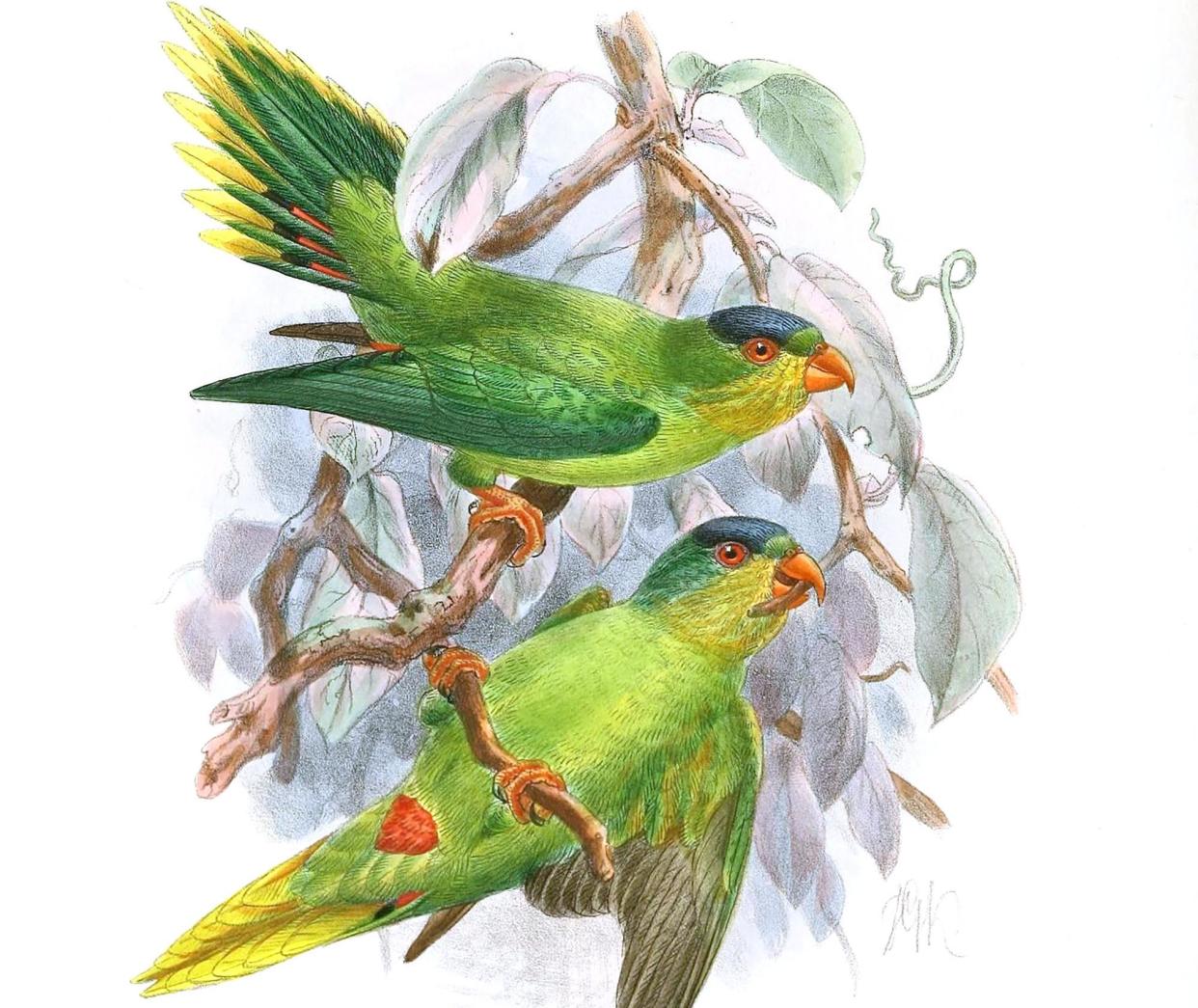‘It can feel like a detective story’: birders asked to help find 126 ‘lost’ bird species

The coppery thorntail and New Caledonian lorikeet are among the 126 birds “lost” to science, having not been seen for a decade or more, according to the most comprehensive list of missing species composed to date.
The new tally is based on millions of records collected by enthusiastic birders and amateur scientists documenting wildlife in some of the planet’s most remote locations. To be part of the dataset, the bird must not have a recorded sighting in at least a decade, and not be assessed as extinct or extinct in the wild by the IUCN Red List of Threatened Species.
“Figuring out why these birds have become lost and then trying to find them can feel like a detective story,” said John C Mittermeier, the director of the Search for Lost Birds at American Bird Conservancy, which has created the dataset alongside BirdLife International and Re:wild. The authors hope that releasing the list will encourage people to come forward with new sightings of some of the lost birds and spur conservation efforts.
“While some of the species on the list will be incredibly challenging or maybe even impossible to find, others might reveal themselves relatively quickly if people get to the right places,” Mittermeier said.
Many of these “lost” birds live in the tropics, particularly on small islands and in mountainous areas. Fifty-six lost birds are from Oceania, followed by Africa with 31 and Asia with 27. The longest-lost bird is the white-tailed tityra, which has not been seen in 195 years. It is known from a single specimen collected from Porto Velho in Brazil in 1829, although there was one possible sighting in 2006.
Others have not been seen for more than 150 years. The coppery thorntail is a mysterious hummingbird known only from two specimens collected before 1852. The precise location is unknown but it is believed to be somewhere in Bolivia. The New Caledonian lorikeet is a type of parrot known only from two preserved specimens collected in 1859.
Sixty-two per cent of lost birds are considered to be threatened with extinction according to the International Union for Conservation of Nature (IUCN).
Ornithologists scoured more than 42 million photos, videos and audio from citizen science websites as well as eBird to find which birds had not been documented in the past decade. They also looked in museum collections, read scientific papers and conferred with local experts.
Some of these birds are in remote locations, and it’s possible they are not lost to local and Indigenous communities. For example a large pigeon called a black-naped pheasant-pigeon – which lives on a single island in Papua New Guinea – had been lost to science for more than 100 years. It was rediscovered in 2022 after scientists spoke to local hunters who had seen and heard the bird, known locally as “Auwo”.
The paper published on Monday is based on initial analysis from 2021, which tallied 144 lost birds. Since then 14 species have been recorded by citizen scientists and conservationists, while a handful of others have been found in captivity, or subject to taxonomic clarification, bringing the current total to 126.
If birders see one of the lost species they can contact the Search for Lost Birds to share photos, videos or audio of their findings.
Roger Safford from BirdLife International said: “We hope they are not gone for ever, and should do all in our power to prove this by finding them again, and use what we learn to conserve them and the many other species sharing the extraordinary places where they live.”
Find more age of extinction coverage here, and follow biodiversity reporters Phoebe Weston and Patrick Greenfield on X for all the latest news and features

 Yahoo News
Yahoo News 
